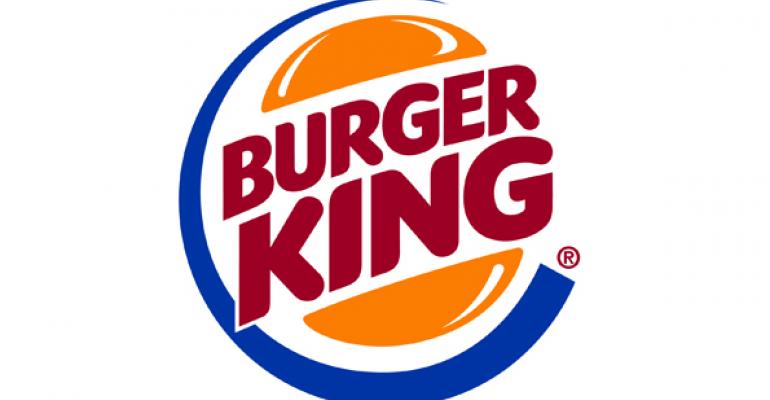Lower beef costs were a boon for Carrols Restaurant Group Inc. in the first quarter.
The big Burger King franchisee reported strong earnings growth in the quarter ended April 3, as beef costs declined 23 percent and same-store sales rose 5.7 percent.
Restaurant-level cash flow margin increased 400 basis points, to 13.8 percent of revenue, in the period, executives said during an earnings call Tuesday.
[CHARTBEAT:3]
“We had a good start to the year,” Carrols CEO Dan Accordino said. “We had solid performance in the first quarter.”
Carrols also plans to grow larger. The Syracuse, N.Y.-based company is one of the largest franchisees in the country, with 717 locations along the East Coast. Carrols has the right of first refusal to buy more locations from other franchisees in 19 states, and has been aggressive in adding to that number as a result.
Executives said they are working on several deals, some of which could be closed this quarter.
“There are a number of transactions we’re evaluating or negotiating with,” Accordino said. “There’s a robust pipeline of deal-flow activity. Some of those deals will close in the second quarter. And there are several other opportunities we’re evaluating that could potentially close throughout the year.”
Restaurant sales increased 15.2 percent in the first quarter, to $222.5 million, from $193.2 million the previous year. That includes the increase in same-store sales, as well as the addition of new locations. About a quarter of Carrols’ sales have come from locations acquired from 2014 through 2016.
The same-store sales increase came on top of an 8.4-percent increase in the same quarter as a year ago. Accordino credited Burger King’s efforts, including the introduction of hot dogs and a 5-for-$4 value offer. He also said better weather helped sales.
At the same time, however, executives suggested a slowdown in sales in April, in part due to tougher comparisons — Carrols’ same-store sales were more than 10 percent in the second quarter last year.
But CFO Paul Flanders noted that there was a “general pause in consumer spending in April,” although executives expect same-store sales to be positive in the second quarter.
Net income in the period was $2.1 million, or 5 cents per share, rising from a loss of $9.3 million, or 27 cents per share, in the same period a year ago.
More favorable costs helped profits. Cost of sales as a percentage of revenue fell 291 basis points, to 26.5 percent, due to higher menu prices and declining ground beef costs. Ground beef in the quarter was $1.86 per pound, falling 23 percent from last year. Executives expect beef costs to decline for the balance of the year.
Labor costs also held steady, at 32.4 percent of sales, despite a 5.8-percent increase in the average wage rate, due to sales leverage on existing labor. Executives expect to improve the efficiency of recently acquired restaurants, which should improve labor costs over time.
Contact Jonathan Maze at [email protected]
Follow him on Twitter: @jonathanmaze





